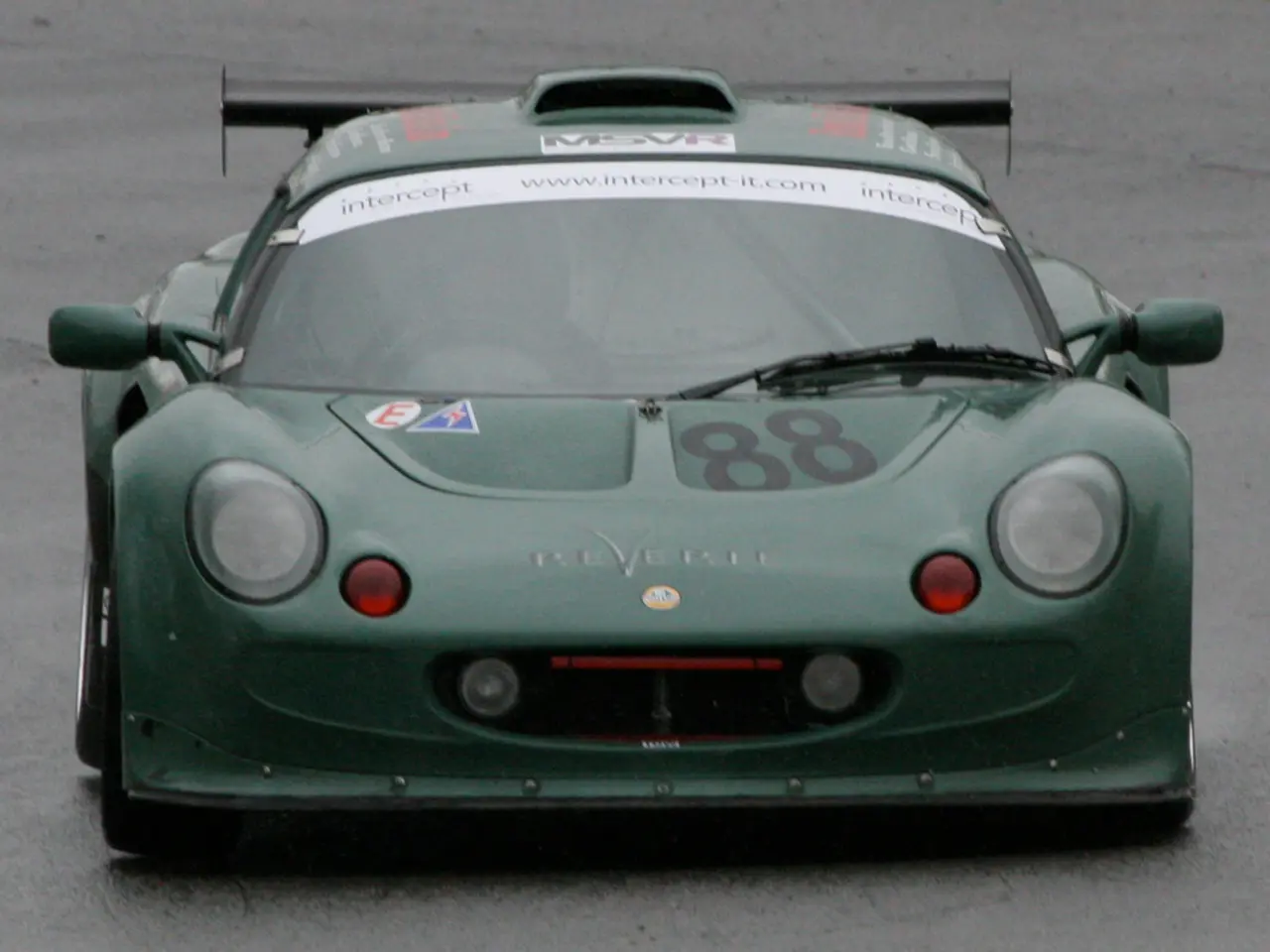A condensed chronicle of the Porsche 911's development
The Porsche 911, first unveiled at the 1963 Frankfurt Motor Show under the name 901, has been a testament to technical innovation and design evolution for over half a century. From its humble beginnings as a more powerful and refined successor to the Porsche 356, the 911 has evolved through multiple series and generations, carving a niche as one of the world's premier sports cars.
The 911 (1963-1973): A Foundation of Excellence
The original Porsche 911 was a product of its time, featuring a rear-mounted, air-cooled flat-six engine. Over this period, the model saw gradual increases in power and refinements in handling and comfort, setting the core design and mechanical layout fundamental to future 911s.
G Series (1974-1989): Embracing Safety and Performance
The G Series marked a significant leap forward, introducing safety improvements such as impact-absorbing bumpers to meet stricter U.S. regulations. The engines were upgraded with increased displacement and power, leading to models like the 911 Carrera 3.2 and the celebrated Turbo (930).
959 (1986-1993): Pushing the Boundaries of Technology
The Porsche 959 was a technological tour de force, boasting an all-wheel-drive system, twin-turbocharged flat-six engine, and extensive use of lightweight materials. Its advanced aerodynamics and electronics significantly influenced future Porsche technologies.
964 (1989-1994): A Major Update and the Introduction of All-Wheel Drive
The 964 was a major update, with about 85% new components compared to its predecessor. It introduced full-time all-wheel drive (in Carrera 4), ABS brakes, power steering, and coil spring suspension, marking a significant shift in the 911's mechanical makeup.
993 (1994-1998): The Last Air-Cooled 911 and a Leap Forward in Handling
The 993 was a significant milestone, being the last air-cooled 911. It brought a completely new multi-link rear suspension that dramatically improved handling dynamics. This generation also had better aerodynamics, increased use of aluminum to reduce weight, and introduced the first 911 Turbo with all-wheel drive and twin turbochargers.
996 (1998-2005): The Beginning of the Water-Cooled Era
The 996 marked a radical change, being the first water-cooled 911. It shared some components with the Boxster to improve profitability, a move that was controversial among purists. This generation introduced a new design with smoother body lines and “fried egg” shaped headlights, as well as increased power and modernized interiors.
997 (2004-2013): A Blend of Tradition and Modernity
The 997 was a refinement of the 996, reintroducing classic oval headlights and updated styling with more powerful engines. It offered improved suspension and handling, plus the introduction of special performance variants like the GT3 and Turbo with advanced technologies. The 997 combined modern performance with traditional 911 aesthetics.
991 (2012-2019): Embracing the Future
The 991 generation introduced a larger chassis with improved weight distribution, adaptive aerodynamics, and initially continued with naturally aspirated engines but later moved to turbocharging in the 991.2 update. The 991 also brought significant interior technology upgrades and efficiency improvements.
Across its history, Porsche has launched numerous special editions and high-performance variants, such as the Carrera RS, Turbo, GT3, and GT2, that highlight technical advancements and motorsport heritage, reflecting the 911’s continuous development as a premier sports car icon.
[1] Porsche 911 History [2] The Evolution of the Porsche 911 [4] Porsche 911 Timeline
- The classic cars industry, particularly the automotive sector, has witnessed significant growth and development over the years, with the finance aspect playing a crucial role in the preservation and restoration of iconic models like the Porsche 911.
- The technological advancements in the transportation industry, evident in the evolution of the Porsche 911, have not only shaped the performance and design of sports cars but also influenced other sectors, such as safety and electronics.
- From its origins as a powerful and refined successor to the Porsche 356, the 911 has carved a niche in the automotive industry, with each generation pushing the boundaries of technology and staying at the forefront of sports car innovation.




